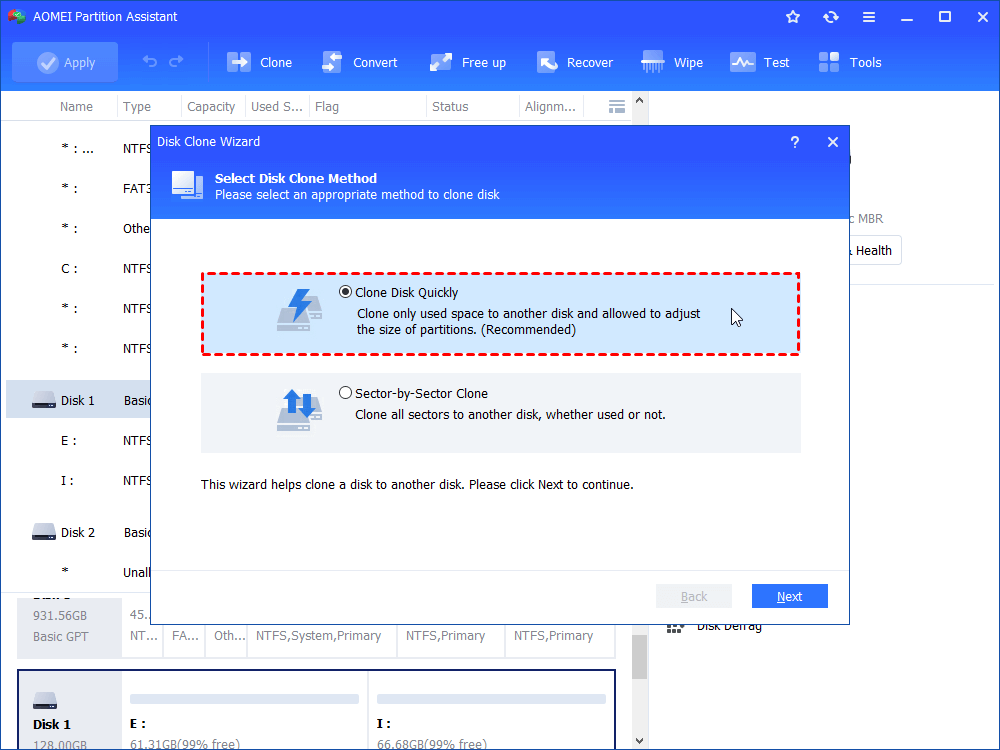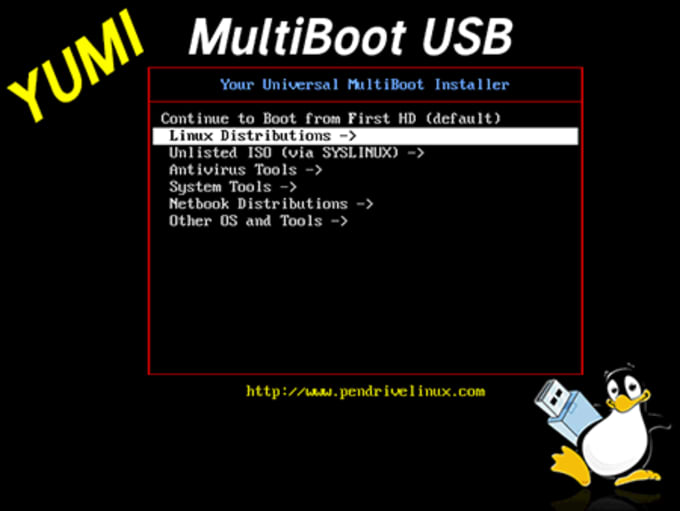

- #Free bootable usb software install#
- #Free bootable usb software driver#
- #Free bootable usb software windows 10#
- #Free bootable usb software iso#
- #Free bootable usb software professional#
Select the recommended option (Write in ISO Image Mode) and hit OK.Īs mentioned earlier, all data on your USB drive will be erased. Step 5: You will be prompted to select the mode that you want to use to write this image. If you are asked to download two additional files, click Yes to continue. Step 4: Once everything is ready, hit the Start button. Step 3: Next up, click the Target System box and then select FAT32 from the drop-down menu. Step 2: Click Select button at the right side of Boot Selection and import Linux ISO into it. Note: The tool will format the USB drive before moving ahead, so make sure you've already made a backup of your important files.
#Free bootable usb software windows 10#
Step 1: Connect a USB drive to Windows 10 PC then select the Device box in Rufus and select the USB flash drive. The best part is that the tool does not require an installation on your PC, as all you need to do is to download it from official website and then it automatically runs on Windows 10 machine. It is fast, reliable, and has a good customer support.

Rufus is one of the best free tools that allow you to create a bootable Linux USB flash drive. If you are in such situation, then restart the computer and repeat the process.

However, one major drawback is that it sometimes fails to work or crashes in Windows 10.
#Free bootable usb software professional#
In short, Universal USB Installer is a handy tool for both regular and professional users. Once done, restart computer and you can boot computer from the bootable USB drive. Step 4: Click Create button and wait for the process to complete (it may take several minutes). Step 3: Select the downloaded ISO file and then choose USB drive that's currently plugged into the computer. Step 2: Launch Universal USB installer on Windows 10 computer and insert the USB flash drive. Like Rufus, Universal USB Installer does not require an installation on Windows 10. Step 1: Download Universal USB Installer. Basically, it behaves the same as UNetbootin does, but the process is a little bit confusing to some users. If the LiteBoot tool won''t work for you, then try Universal USB Installer, which is also considered an solid ISO burner. You can directly verify the disk is bootable or not via the QEMU option without rebooting the computer.ĭownload Windows Version Burn Linux ISO to USB #3: Universal USB Installer It supports almost all the popular version of Linux distributions, including Ubuntu, Debian, Fedora, Mint, etc. One of the notable features is to create Linux boot USB. So if it failed, then we can give a try on LiteBoot, a complete packege for system installation. We can not gurantee that Unetbootin would work on all Windows machines. In reality, some of the users have reported that the tool is unstable and crashes on Windows 10. However, the tool has its own disadvantages which may ruin your experience. Wait about 5 minutes and a bootable Linux USB is ready! After that, select USB drive name and hit the OK button to start burning ISO to USB. Step 3: Check the box next to Diskimage box and then import Linux ISO image file. If not, select a distribution from the list and download the ISO file. Step 2: Click Diskimage if you already had a copy of Linux ISO.

#Free bootable usb software install#
Step 1: Download and install UNetbootin from here, then launch it on your computer. Another great feature comes from UNetbootin is that the program is able to download various Linux ISO within the program. The initial purpose of developer is to create an easy-to-use tool to make bootable Live Linux USB so more people can enjoy playing with Linux with less hurdle. UNetbootin has been around for years and marked as the No.1 tool for burning Linux ISO to USB drive. Refer to the following message from Ubuntu's mailing list if you want to learn more.
#Free bootable usb software driver#
Warning: The driver descriptor says the physical block size is 2048 bytes, but Linux says it is 512 bytes.Īll these warnings are safe to ignore, and your drive should be able to boot without any problems. Try making a fresh table, and using Parted's rescue feature to recover partitions. Is this a GPT partition table? Both the primary and backup GPT tables are corrupt. Or perhaps you deleted the GPT table, and are now using an msdos partition table. Perhaps it was corrupted - possibly by a program that doesn't understand GPT partition tables. However, it does not have a valid fake msdos partition table, as it should. dev/xxx contains GPT signatures, indicating that it has a GPT table. Ubuntu images (and potentially some other related GNU/Linux distributions) have a peculiar format that allows the image to boot without any further modification from both CDs and USB drives.Ī consequence of this enhancement is that some programs, like parted get confused about the drive's format and partition table, printing warnings such as:


 0 kommentar(er)
0 kommentar(er)
